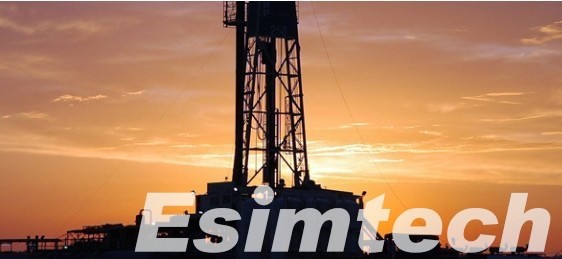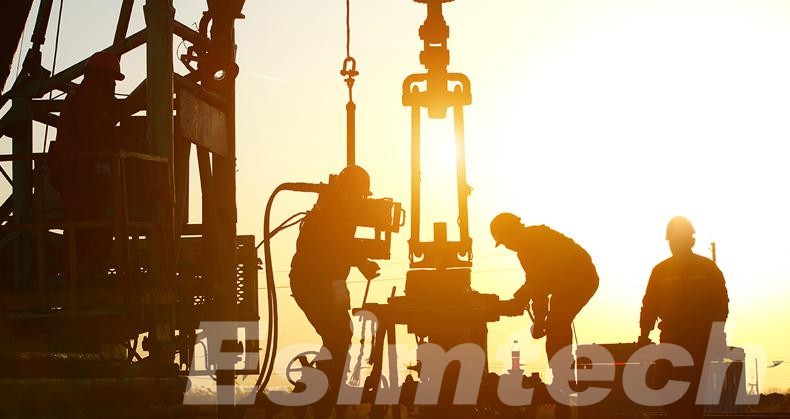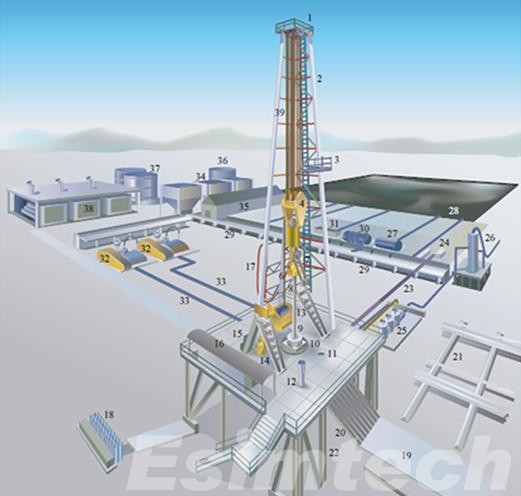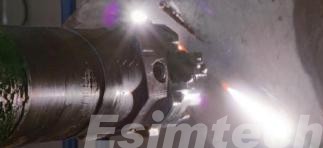The Potential of Laser Drilling in Oil and Gas Exploration
The oil and gas industry, renowned for its relentless pursuit of innovation, is now turning its gaze toward laser technology as a promising avenue for revolutionizing drilling processes. Laser drilling involves the utilization of concentrated laser beams to cut through geological formations, offering an alternative to conventional drilling methods. This innovative approach is gaining traction for its potential to enhance efficiency, reduce environmental impact, and unlock new possibilities in oil and gas exploration.

What is Laser Drilling in Oil and Gas Industry
The working principle of laser drilling in the oil and gas industry involves the use of high-energy laser beams to remove or penetrate the subsurface rock formations. The process typically includes the following steps:
- Laser Generation: A high-energy laser source is used to generate a concentrated beam of light. The most common type of laser used in drilling applications is the CO2 laser, which emits infrared light.
- Beam Focusing: The laser beam is then focused onto the target material using lenses or mirrors. This focusing process concentrates the energy onto a small area, increasing the power density.
- Material Interaction: When the focused laser beam reaches the rock or shale formations, it interacts with the material. The intense energy causes the temperature of the targeted area to rise rapidly.
- Vaporization or Melting: Depending on the laser parameters and the properties of the rock, the high temperatures can lead to either vaporization or melting of the material. Vaporization involves the direct conversion of the rock into vapor, while melting involves turning the rock into a molten state.
- Borehole Formation: As the laser continues to interact with the material, the vaporized or melted rock is expelled, creating a borehole or perforation in the subsurface. The depth and diameter of the borehole can be controlled by adjusting the laser parameters, such as power, duration, and focusing.
- Beam Delivery: The laser beam is delivered to the target area through a beam delivery system, which may include optical fibers or other mechanisms to guide the laser light to the desired location.
The success of laser drilling depends on various factors, including the type of rock formations, the transparency of the material to the laser wavelength, and the efficiency of the beam delivery system. Researchers and engineers continue to explore ways to optimize laser drilling technology for practical applications in the oil and gas industry.

Benefits of Laser Drilling in Oil and Gas Exploration
Laser drilling presents a novel approach to oil and gas exploration, offering advantages over traditional mechanical methods in several key areas:
1. Increased Access and Recovery:
- Unlocking Difficult Reservoirs: Laser drills can navigate complex geological formations like shale and tight oil deposits with much greater precision, accessing previously unreachable hydrocarbon reserves.
- Enhanced Reservoir Characterization: Precise control over the drilling process allows for more accurate formation sampling and data collection, leading to a better understanding of the reservoir and aiding in optimal production strategies.
- Reduced Formation Damage: Unlike mechanical drilling, which can damage the rock and hinder oil and gas flow, laser drilling vaporizes rock cleanly, minimizing formation damage and potentially increasing well productivity.
2. Operational Efficiency and Sustainability:
- Faster Drilling Speeds: Laser drilling boasts potentially higher penetration rates compared to conventional methods, reducing drilling time and associated costs.
- Reduced Environmental Impact: The minimal use of drilling fluids and lower energy consumption translate to a smaller environmental footprint and potentially lower greenhouse gas emissions.
- More Sustainable Operations: Remote operation capabilities minimize the need for personnel on-site, enhancing safety and reducing logistical challenges in remote or challenging environments.

3. Cost and Safety Advantages:
- Lower Long-Term Costs: Despite the initial high cost of laser equipment, reduced drilling time, optimized wellbore construction, and minimized formation damage can lead to lower overall operational costs in the long run.
- Enhanced Worker Safety: Remote operation eliminates the need for personnel near the drilling site, significantly reducing the risk of injuries associated with traditional drilling methods.
- Improved Well Integrity: The fused rock walls created by laser drilling act as natural casing, potentially reducing the need for additional casing materials and simplifying well completion processes.
4. Additional Benefits:
- Greater Control Over Wellbore Geometry: Lasers offer superior control over the direction and diameter of the drilled hole, enabling more precise wellbore placement and potentially reducing the risk of wellbore instability.
- Potential for Multi-Well Applications: Future advancements might allow for drilling multiple wells from a single surface location, further optimizing drilling efficiency and reducing surface footprint.
It’s important to note that these benefits are not guaranteed and depend on various factors like rock type, formation characteristics, and technological advancements. However, the potential advantages of laser drilling in oil and gas exploration are significant and warrant further research and development to unlock their full potential.

Challenges and Considerations for Laser Drilling Technology
While laser technology offers exciting possibilities for revolutionizing oil well drilling, it’s crucial to acknowledge the challenges and considerations that still need to be addressed:
1. Technical Challenges:
Limited Depth: Current laser drilling systems struggle with reaching deeper formations exceeding a few thousand meters. This limits its application to shallower wells or pilot holes for conventional drilling.
Power Delivery: Delivering sufficient laser power downhole presents logistical and engineering hurdles. Fiber optic cables, for instance, can be bulky and prone to damage in harsh wellbore environments.
Debris Management: Vaporized rock debris created during laser drilling needs to be efficiently removed from the wellbore to avoid formation plugging and other issues. This can be challenging in deep or deviated wells.
Formation Selection: Not all rock formations respond equally well to laser drilling. The effectiveness depends on factors like rock composition, porosity, and thermal properties.
2. Economic Considerations:
High Upfront Costs: Laser drilling systems are currently significantly more expensive than conventional drilling rigs, hindering widespread adoption.
Operational Complexity: Operating laser systems downhole requires specialized expertise and infrastructure, adding to operational costs and complexity.
Return on Investment: While laser drilling promises faster drilling and potentially higher productivity, the initial investment needs to be justified by clear economic benefits.
3. Environmental Concerns:
Laser Safety: Precautions must be taken to ensure the safe operation of high-powered lasers downhole, protecting personnel and the environment from potential hazards.
Waste Management: The vaporized rock debris and potentially hazardous materials used in laser drilling require proper handling and disposal to minimize environmental impact.
4. Regulatory Hurdles:
Standardization and Certification: Clear regulations and standards for laser drilling equipment and operations are needed to ensure safety and environmental compliance.
Data Acquisition and Analysis: Integrating laser drilling with downhole data acquisition and analysis systems requires additional development and regulatory approval.
Despite these challenges, ongoing research and development are addressing these limitations. As technology advances and costs decrease, laser drilling has the potential to overcome these hurdles and become a valuable tool in the oil and gas industry.
Conclusion
The potential of laser technology in oil well drilling presents an exciting frontier for the oil and gas industry. While challenges and considerations exist, the precision, environmental advantages, and access to challenging reserves make laser drilling a promising avenue for the future. As technology continues to evolve, collaborative efforts between industry stakeholders and technological innovators will play a pivotal role in unlocking the full potential of laser drilling, ushering in a new era of efficiency and sustainability in oil and gas exploration.

